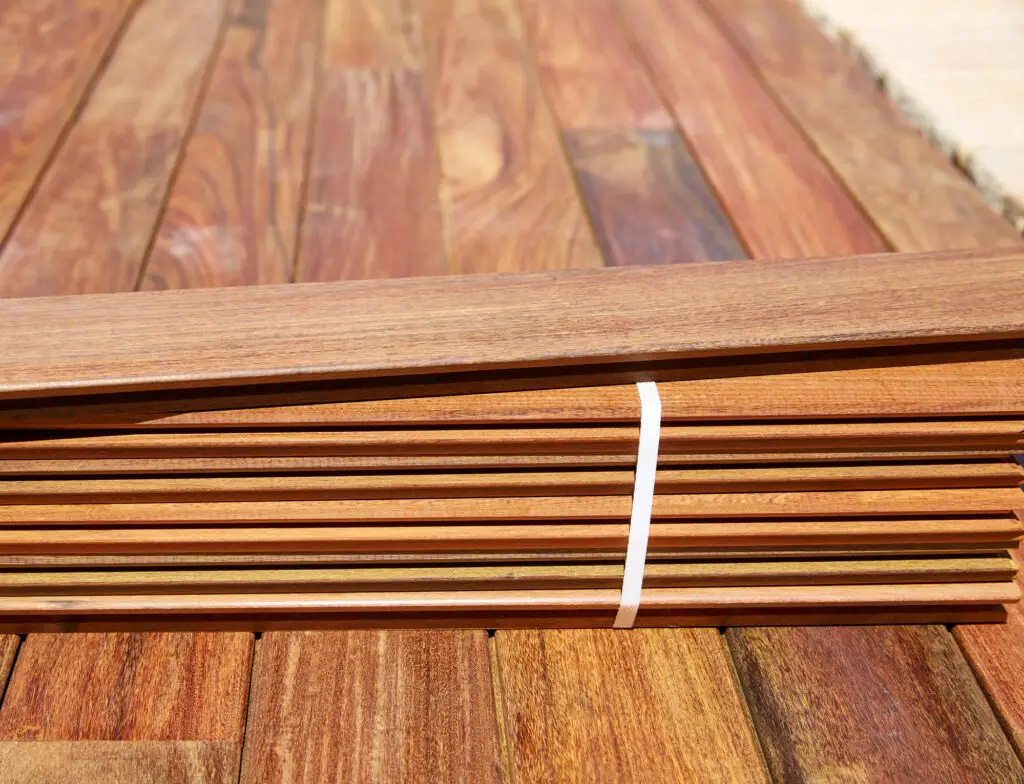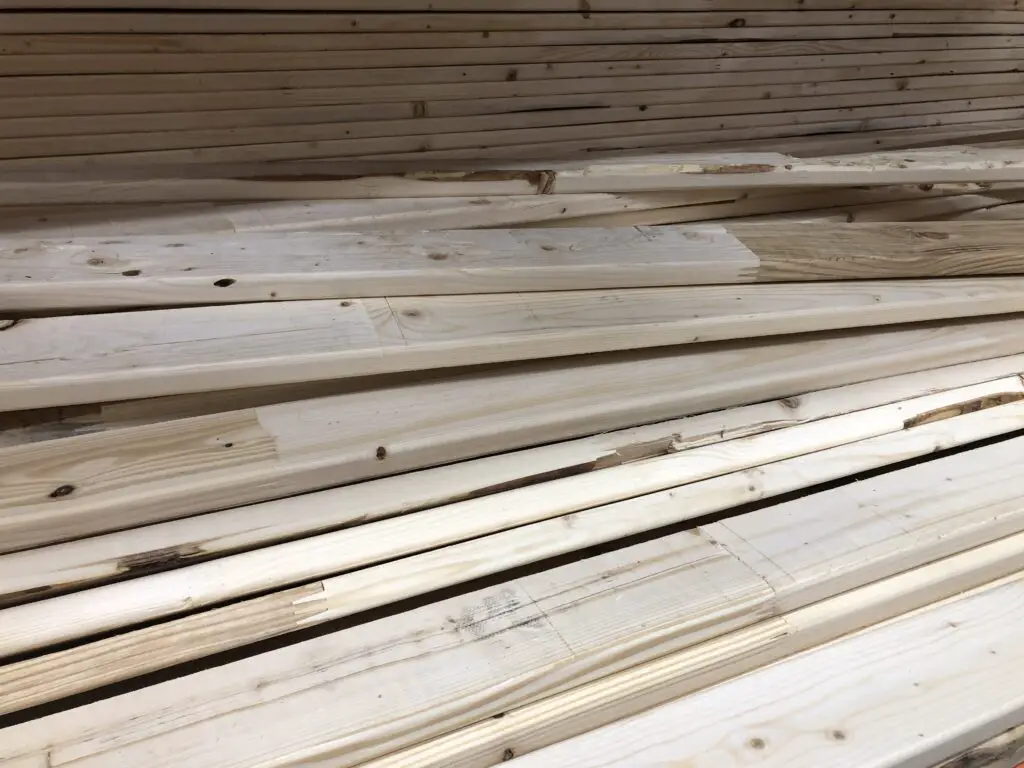As a woodworker, you’ve probably had countless experiences working with woods that have a high sap content. (Even if you don’t have much knowledge about the craft, you’ve undoubtedly seen a piece of wood that has had a large amount of the sticky substance.)
While these types of logs make a great way to keep the fire going, they may prove to be a problem when it comes to construction or making furniture out of wood. Luckily, we’ll be going over common issues related to excess sap, such as how to sand sappy wood!
For those who would like a quick answer, we have it right here for you: Some untreated wood varieties can ooze sap long after the wood has been processed into workable pieces. Kiln drying at high temperatures typically crystalizes any sap in the wood, meaning it will remain in the wood and not ooze out.
You’ll get a very similar effect with a heat gun on the affected area. Should you have a piece of wood with excess sap, try to scrape it off as much as possible. Isopropyl alcohol can help remove the sap; however, it can also damage the wood.
Sanding is the best solution, starting with a low grit of 120 and working your way up as needed. Word of caution, the sap will ruin the sandpaper/pad much quicker than when sanding wood with a lower sap content.
How Do You Stop Wood from Seeping Sap?
Sap is basically the “blood” of the tree which is why it seeps out of cut wood.
While there are various methods to stop sap seeping, the most efficient is to heat the wood and seal it adequately. By heating the wood, you will crystalize the sap, making it less prone to leak out.
Once you are finished working with the wood, you can apply a sealant to your finished project to add an extra layer to prevent sap from surfacing and leaking out over time.
The most efficient ways to heat the wood are through kiln drying or using a heat gun. Kiln drying can be done by putting the wood in an airtight space before using a heat source to raise the temperatures inside, drawing out the moisture and crystalizing the sap.
The heat gun method can have the same effect, though you will only be able to heat specific areas of the wood at a time, and it will need to be done manually.
When it comes to sealing, using any sealant that works well with the wood type is a good option! As long as it keeps sap from coming up to the surface, it should be a great sealant.
Which Wood Seeps the Most Sap?
While many kinds of wood can leak sap, pine and fir have the highest sap contents. Some other woods known to leak sap are maple, elm, and birch.
Luckily, you can get rid of this sap problem using the drying and sealing methods listed above!
Can you Sand Over Sap?
While you can sand over sap, it is much more efficient when the sap has been crystallized.
Using 220 grit sandpaper along the grain will not only smooth down the wood but scrape away at any crystalized sap that may have surfaced. Once you finish sanding, you’ll be ready to add seals and finishes.
How do I Remove Fresh Sap?
Unlike hardened sap, which can be dried and sanded, the wood you are working with may also begin to ooze fresh sap.
Here is an efficient way to clean it off:
- Use a thin and hard edge to scrape off as much of the surface sap as possible.
- Apply oil soap to the entire wood surface and scrub it in.
- Rinse with warm water,
- If there is any remaining residue on the wood, use acetone to remove it efficiently.
Why is it Essential to Remove Sap?
There are several reasons why removing sap is something you want to do. Starting from the basics, the sap is a very sticky substance, so you may find yourself having trouble doing even the most basic woodworking tasks, from sanding to applying coats over the wood.
Even if you aren’t planning on using any stains or finishes on top of the wood, hardened sap will provide an uneven surface, while fresh sap will be a magnet for loose particles and debris.
Overall, you will want to remove as much sap as possible to ensure your woodworking project is clean and well-built.

